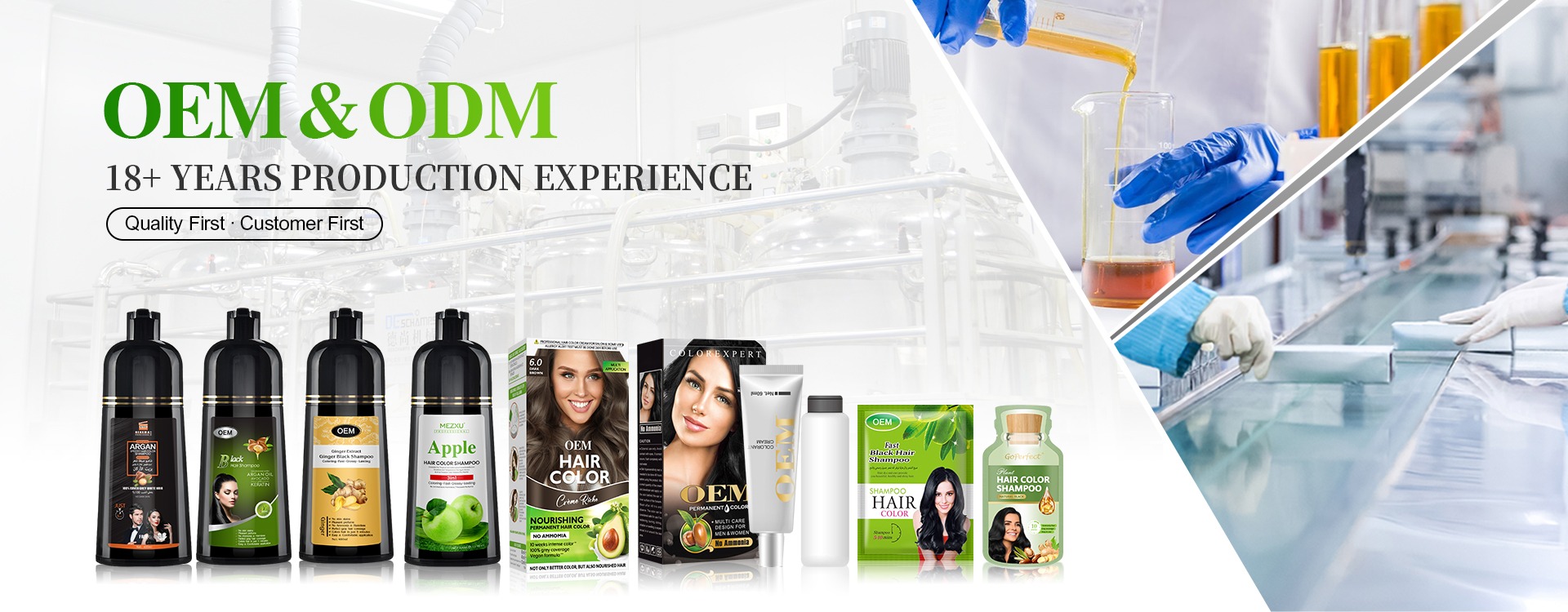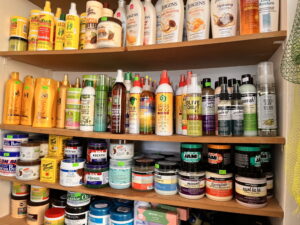Capturing Competitive Advantage in B2B Shampoo Procurement
In today’s dynamic personal‐care landscape, mid‑to‑large enterprises face mounting pressure to optimize procurement costs, secure innovative formulations, and scale production efficiently. As procurement managers, you’re tasked with balancing stringent budgets against ever‑evolving consumer demands—whether that’s sulfate‑free solutions, natural actives, or high‑throughput production runs. According to Allied Market Research, the global shampoo market reached US $34.1 billion in 2023 and is forecast to grow to US $58.3 billion by 2034 (CAGR 5.1%) . Simultaneously, Fortune Business Insights projects the market to climb from US \$38.23 billion in 2025 to US \$56.59 billion by 2032 (CAGR 5.76%) . This surge underscores the imperative for procurement teams to partner with suppliers who deliver cost‑effective, next‑generation formulas at scale—while reinforcing your organization’s authority in the market.
Industry Landscape & Challenges
Market Fragmentation & Consolidation
The shampoo sector is split across mass, premium, and professional channels. Mergers and acquisitions among leading players (e.g., P&G, Unilever, L’Oréal) intensify pricing competition and supplier power .
Regulatory & Sustainability Pressures
Bans on microplastics, rising demand for “clean” ingredients, and stricter labeling laws increase R&D and compliance costs.
Supply‑Chain Volatility
Raw material price swings (e.g., surfactants, essential oils) and lead‑time fluctuations strain inventory planning and drive up working capital requirements.
Deep Dive: Key Pain Points
| Pain Point | Impact on Procurement |
|---|---|
| Cost Control | Margin erosion due to raw‑material inflation; budget overruns. |
| Innovation Demand | Pressure to source novel actives (e.g., peptides, botanicals) without premium‑price penalties. |
| Capacity & Lead Time | Inflexible production runs limit agility; long lead times hamper promotional planning. |
Our Solution: Scalable, Cost‑Efficient Formulations
Modular Formulation Platform
Leverages a library of base emulsifiers, mild surfactants, and bio‑actives—enabling rapid customization (e.g., anti‑dandruff, volumizing) with minimal reformulation overhead.
Strategic Raw‑Material Sourcing
Long‑term partnerships with certified suppliers in India and Europe lock in competitive pricing and ensure traceability (ISO 22000, COSMOS).
Flexible Manufacturing Network
Six GMP‑certified plants across Asia and North America offer scalable batch sizes (10 MT–500 MT) and dedicated production lines for “clean‑label” SKUs.
Digital Procurement Dashboard
Real‑time visibility into order status, raw‑material inventories, and cost analytics—driving data‑backed negotiations and lean inventory levels.
Client Success & Data Validation
Case Study: Global Retailer
Challenge: 15% YoY raw‑material cost inflation
Solution: Switched to our botanical‑based surfactant blend
Result: 8% cost savings in COGS; maintained margin while upgrading “eco‑friendly” claims
Data Snapshot:
Average Lead Time Reduction: 22% (from 8 weeks to 6.25 weeks)
Order Accuracy: 99.3% OTIF (On‑Time, In‑Full) across 450 annual shipments
Implementation Roadmap & Best Practices
Discovery & Formulation Audit (Weeks 1–2)
Map existing SKUs, cost centers, and regulatory gaps.
Pilot Batch & Performance Testing (Weeks 3–6)
Validate sensory profiles, stability, and compliance.
Scale‑Up & Supply‑Chain Integration (Weeks 7–12)
Align ERP systems; conduct supplier audits; finalize contracts.
Continuous Improvement
Quarterly business reviews; raw‑material hedging; joint innovation workshops.
Try Xiangxiang Daily Now!
We Help You Launch New Products, And Continue To Grow. Try Us With 20% Off Your First Order!
Conclusion & Call to Action
Partnering with a proven B2B shampoo supplier isn’t just about securing raw materials—it’s about unlocking cost efficiencies, accelerating innovation, and future‑proofing your production capacity. Ready to optimize your next procurement cycle? Contact us today for a customized cost‑benefit analysis and pilot‑batch quote.
Frequently Asked Questions
What is the minimum order quantity (MOQ)?
Standard MOQ is 10 metric tons per SKU; flexible for high‑value formulations.
Can you support private‑label branding?
Yes—full turnkey services from formula lock to label design and packaging.
How do you ensure quality consistency?
Six‑sigma QC protocols, ISO 22716 GMP audits, and third‑party lab testing.
What is your typical lead time?
4–8 weeks from PO to shipment, depending on SKU complexity and batch size.
Do you offer sustainable packaging options?
Yes—post‑consumer recycled (PCR) bottles, refill pouches, and bulk‑fill formats.
Further Reading
Table of Contents
Latest Blog Posts
Check out the latest industry trends and take inspiration from our updated blogs, giving you a fresh insight to help boost your business.




